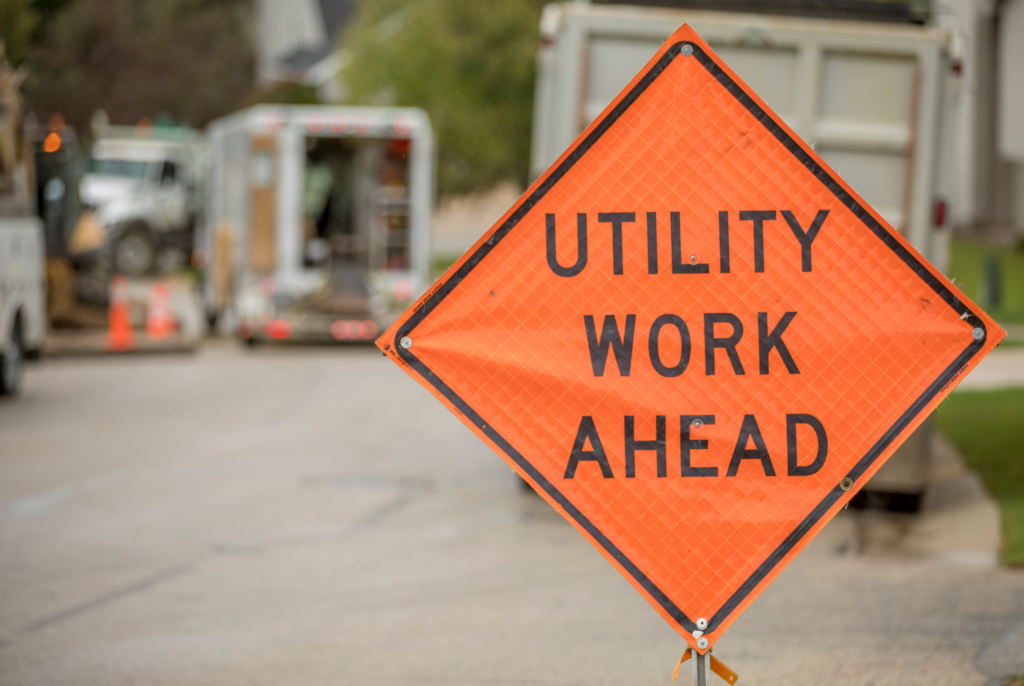When mayors champion lead pipe replacement, progress is made. The Mayor’s Roadmap lays out six key priorities to guide mayors and city leaders on how to replace lead pipes in their communities within 10 years and protect their residents from lead in drinking water.
Mayors across the country have led the way in getting the lead out.
View Mayoral Action Map
Commit to eliminating lead pipes in 10 years
The first step to success is establishing strong leadership and setting a vision to fully replace the lead pipes. Proactive engagement from local elected officials is a key piece to accelerating lead pipe replacement to meet the 10-year deadline.
- Make a public commitment to eliminate lead pipes in your community.
- Identify key partners and roles to implement a successful program.
- Ensure full lead pipe replacement through ordinances to avoid risky partial replacements.
Make a financial plan
Developing a thoughtful financial plan is critical to the program’s long-term success and to ensure adequate funding for full lead pipe replacement. A key initial decision is to determine how you will provide financial assistance for replacements on private property. Your community may qualify for zero-cost technical assistance, available to utilities serving a small or disadvantaged community.
- Conduct an initial assessment of cost and timeline with your utility to help you make key program decisions.
- Identify and pursue federal, state, and municipal funding opportunities to cover the costs of your program.
- Reduce costs by finding efficiencies and scaling up to help stretch your funds further.
Establish equitable policies and practices
Some communities face higher risks of lead exposure. EPA explicitly encourages lead pipe replacements to be prioritized in underserved and overburdened neighborhoods as well as vulnerable populations such as children.
- Prioritize vulnerable residents and neighborhoods who face higher risks of lead exposure, such as children, pregnant women, communities of color and low- income neighborhoods.
- Engage homeowners and renters on replacement to overcome the challenges of replacing pipes in rental properties with hard to-reach landlords.
- Conduct replacement at no direct cost to the property owner to ensure all members in the community have safe drinking water regardless of socio-economic status.
Involve your community
Engaging with your community is critical to building trust, buy-in, and participation in any lead pipe replacement program.
- Increase transparency and build trust through proactive communication, such as public education campaigns and interactive maps showing where lead pipes are present.
- Seek input from the community early and often to design an effective program that fits your communities’ needs and avoids unintended negative impacts.
- Bridge gaps between government and the community with effective outreach strategies that reflect the diverse socioeconomic and ethnic backgrounds in your community, such as developing communications in multiple languages.
Build a robust workforce
Cities and towns with many lead pipes should consider implementing workforce development programs that benefit the most severely impacted communities. Such an effort, which involves collaboration with local unions, yields an array of benefits – including creating jobs for unemployed residents, building community trust, and increasing contractor availability and competitive pricing.
- Require apprenticeship programs in lead pipe replacement contracts to employ and create long-term career opportunities for affected residents.
- Develop a worker pipeline through a workforce development program to prepare individuals in your community for careers in the water sector.
Monitor progress and make improvements
It is important to monitor progress as the program moves forward. Verify quality control and make process improvements to make your dollars stretch further. Document successes, celebrate milestones, and engage with your community to collect their feedback and improve receptiveness to the ongoing lead program – these all will help build and maintain momentum in the lead pipe replacement program.
- Robustly document the work to verify the quality of the work.
- Aim for continuous improvement such as through cooperative purchasing agreements and adjusting contractor terms.
- Celebrate milestones and boost community visibility.


